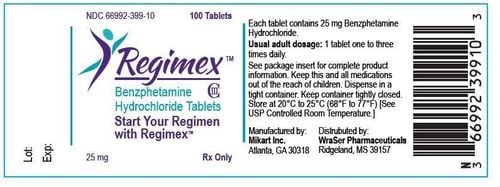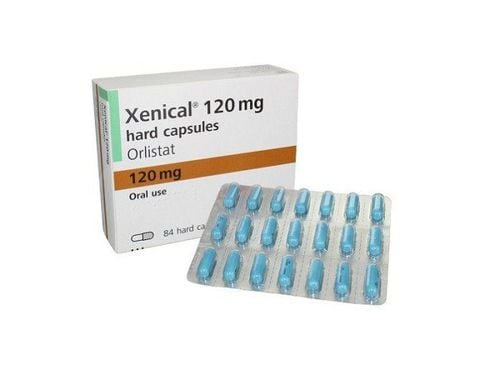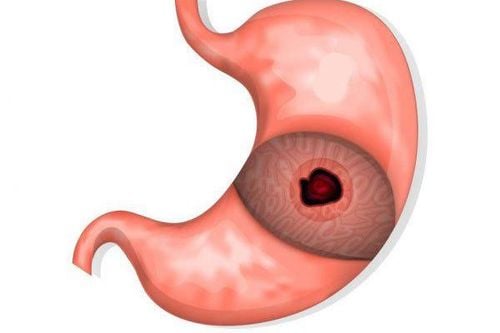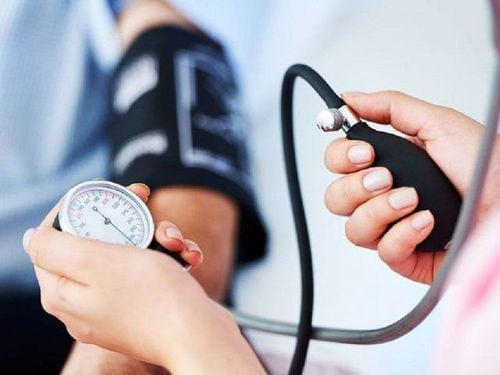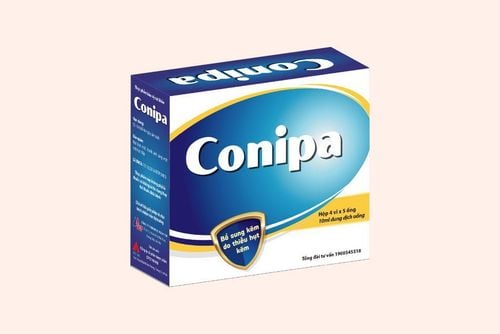This is an automatically translated article.
The article is professionally consulted by Master, Doctor Nguyen Thi Ngoc - General Internal Medicine - Endocrinology - Department of Examination & Internal Medicine - Vinmec Central Park International General Hospital. Doctor has more than 10 years of studying, researching and working in the field of endocrinology.Body mass indexes help evaluate the ratio of body components, thereby reflecting the health status as well as the body's changes when you are dieting or practicing sports. The body mass index includes basic indicators such as body mass, height, BMI, thickness of subcutaneous fat,...
1. Body Mass Index
Weight often changes during the day, in the morning is usually lighter than in the afternoon, when working hard, the weight drops a lot due to sweating. Therefore, to have an accurate body mass index should be weighed in the morning, after having defecated and have not eaten anything.
There are many different formulas to find the right body mass index, for simplicity you can apply the following formula:
Calculate ideal weight= odd number of height (in cm) x 9 then divide by 10 Maximum weight= odd number of height (in centimeters) Min weight= odd number of height (in centimeters) x 8 then divide by 10 For example, like you 155cm tall, ideal weight is: 55 x 9 : 10 = 49.5 kg. The maximum allowable weight is 55kg, the minimum weight is: 55 x 8 :10 = 44kg
Thus, you should maintain the appropriate mass index, should not let the weight exceed the maximum weight. Most because it will cause overweight and obesity, increasing the risk of cardiovascular diseases, diabetes, and should not be lower than the minimum weight, causing malnutrition.
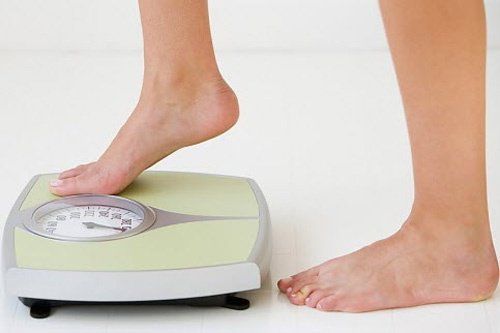
Duy trì chỉ số khối lượng cơ thể ở mức ổn định để hạn chế nguy cơ mắc bệnh
2. Height
There are two ways to measure height: vertical height measurement and lying length measurement. Specific measurement methods are as follows:
Measure standing height: remove sandals, stand with your back to the ruler. Heels, buttocks, head, shoulders stand in a straight line, eyes looking straight ahead in a horizontal line, hands hanging down by your sides. The measurer reads the result and writes the number of centimeters with an odd number. Measure lying length: usually used for children. Place the child on his or her back, one person holds the child's head so that the child's eyes are looking straight at the ceiling, the zero position of the ruler is close to the top of the head. A babysitter straightens the knee, holds the ruler close to the heel of the foot, taking care to keep the heel close to the horizontal plane and the foot vertical. Read the result and write the number of centimeters with an odd number. Note that you need to compare with the corresponding height table because the vertical height measurement and the lying length measurement differ by about 1-2cm.
3. BMI
BMI (Body Mass Index) is known as body mass index, this is an index to help assess whether the body is underweight, normal, overweight or obese. Accordingly, BMI is calculated as follows: BMI = Weight/(height)2. In which, weight is in kilograms and height is in centimeters.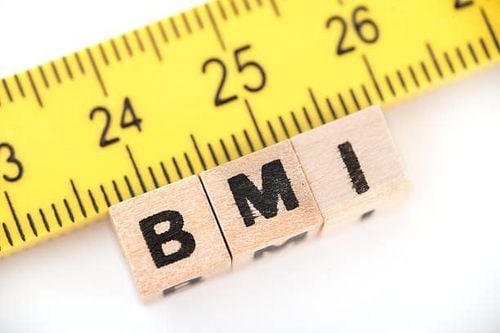
Chỉ số BMI giúp đánh giá tình trạng cân đối của cơ thể
BMI is closely related to the percentage of fat mass in the body, so BMI is an index recommended by the World Health Organization to assess the degree of underweight.
People with low weight (thin) when BMI < 18.5 Normal people when BMI from 18.5-24.99 Overweight grade 1: BMI from 25-29.99 Overweight grade 2: BMI from 30-39.99 Overweight grade 3: BMI ≥40 Skinny is a long-term lack of energy, the degree of leanness is assessed based on BMI as follows:
Skinny grade 1 (light thin): BMI from 17-18.49 Thin grade 2 (medium thin): BMI from 16 -16.99 Skinny grade 3 (too skinny): BMI < 16
4. Thickness of subcutaneous fat
Subcutaneous fat thickness is used as a direct measure of obesity. The thickness of the subcutaneous fat layer estimates the size of the subcutaneous fat stores, thereby allowing an estimate of the total amount of body fat.
Thickness of subcutaneous fat is measured by specialized compasses such as Harpenden compa, Holtain compa, Lange compa,... In which, Harpenden compa is the most commonly used type today. The two compass heads are two planes, with a cross section of 1cm2, a pressure gauge is attached to the compass to ensure that when the compass is clamped on the skin, it is always at a constant pressure of about 10-20 g/mm2. Commonly used sites to measure subcutaneous fat thickness are: triceps skin fold, biceps skin fold, subscapular skin fold, costal skin fold,...
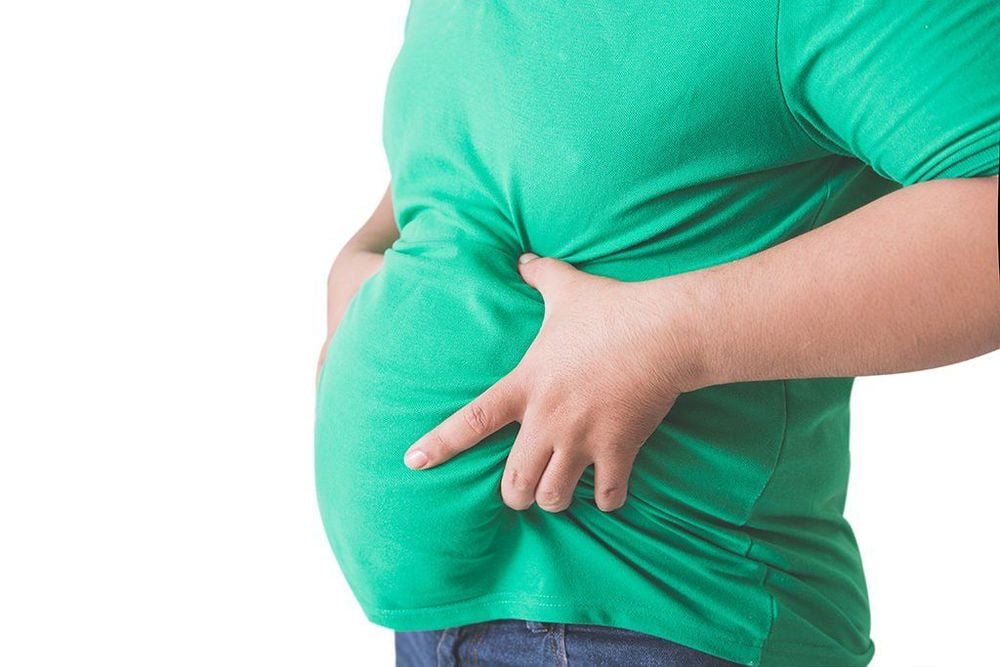
Bề dày lớp mỡ dưới da cho phép ước lượng tổng số lượng mỡ trên cơ thể
5. Waist/butt ratio (Waist Hip Ratio WHR)
Assessing the distribution of body fat plays an extremely important role in assessing the risk of cardiovascular diseases, diabetes,... If the fat is evenly distributed in the face, neck, shoulders, chest, Abdomen, thighs, and buttocks are called total body obesity. If fat is only concentrated in the abdomen and waist, this is central obesity, with many disease risks. If the amount of fat is concentrated in the buttocks, thighs, groin, this is called low-fat obesity, less risk of disease.
Waist/buttock index (WHR) used to assess the distribution of body fat, calculated as follows: WH= waist circumference (cm) / hip circumference (cm)
In which, waist circumference is measured at navel, Buttock circumference is determined by measuring across the widest point of the buttocks.
If the WHR is higher than 0.95 in men and higher than 0.85 in women, there will be a higher risk of diseases such as high blood pressure, heart attack, diabetes,...
Because of being too fat or too skinny. not good for health, so regular monitoring of body mass index plays a very important role, helping to assess the status of body mass so that appropriate adjustments can be made.
Periodic general health check-up is the optimal method to protect health. Through periodic health examination, you will be checked body mass index, physical fitness index, general examination, specialized examination, laboratory tests, ultrasound, X-ray, etc. ...to evaluate the indicators in the body. Periodic examination will help detect health abnormalities early for timely treatment and intervention. Diseases treated at an early stage will bring high efficiency, less complications, and cost savings.

Khám sức khỏe định kỳ để đánh giá các chỉ số trong cơ thể
Vinmec Health System with outstanding facilities, modern equipment of international standards and high-quality human resources who are experts and well-trained doctors at home and abroad. . Currently, Vinmec is implementing a lot of periodic health checkup packages suitable for each age, gender and individual needs of customers with preferential price policy, including:
General health checkup package Work permit- issue work permit Child health check-up package Standard general health check-up package Special general health check-up package VIP general health check-up package Diamond general health check-up package Advantages of Vinmec's health check-up packages mean that customers will be screened and screened by a system of modern equipment to help support the best diagnosis today such as PET/CT, MRI, CT 640, system The world's leading advanced ultrasound machine, international standard laboratory system,... After a general examination, if any diseases are detected, customers can use services from other specialties. hospital with outstanding quality of treatment.
Please dial HOTLINE for more information or register for an appointment HERE. Download MyVinmec app to make appointments faster and to manage your bookings easily.




